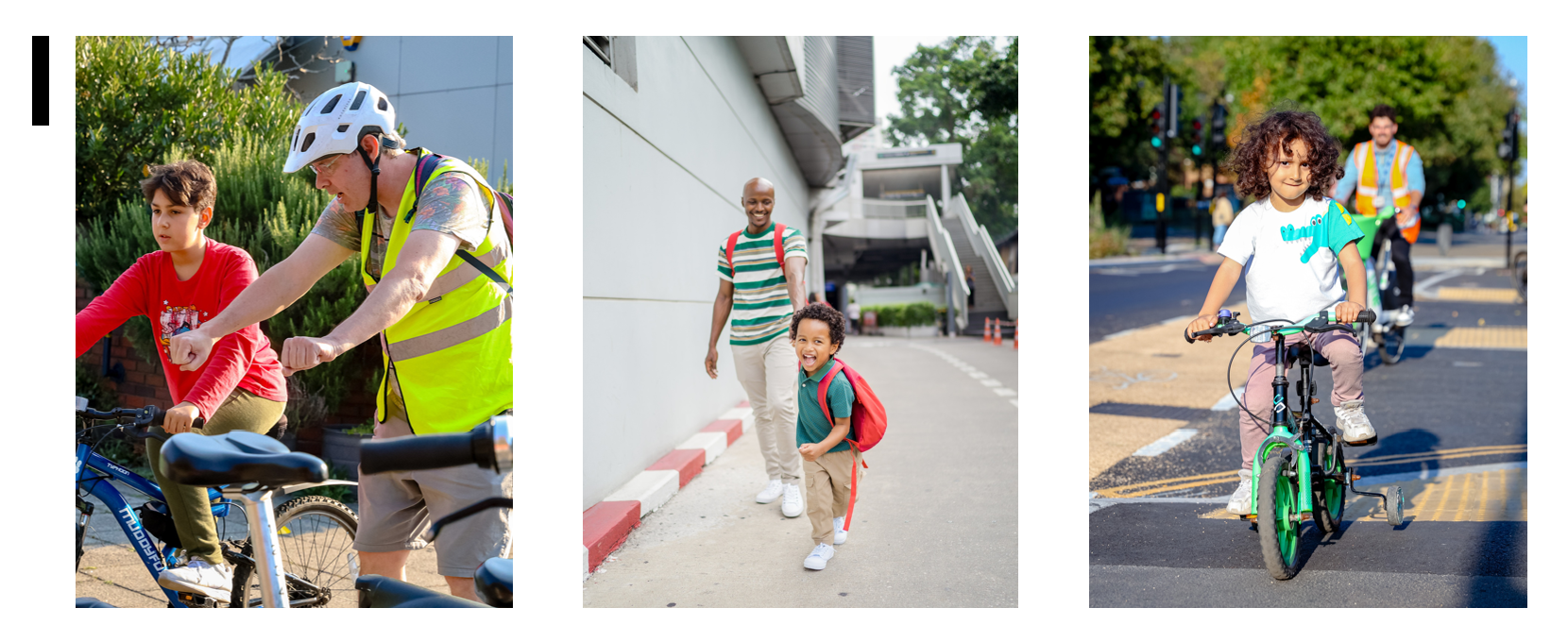We were proud to be part of the recent School Streets Conference, where we joined a diverse and forward-thinking community of professionals dedicated to improving safety, health, and sustainability around school environments.
Held at a pivotal time for active travel and environmental policy in the UK, the conference brought together local authorities, transport planners, public health experts, campaigners, and infrastructure providers to share knowledge, best practices, and real-world results. Our team was on hand to present our work, discuss project delivery across the UK, and network with others working toward similar goals.
Our focus: feasibility, engagement, and implementation
With our strong track record in delivering School Streets schemes, from initial feasibility studies to design, engagement, and monitoring, we were keen to contribute to discussions around what makes these projects successful.
One of the key themes we explored was feasibility. In our work with councils such as Barnet, we’ve developed data-led assessments to evaluate the viability of School Streets across hundreds of sites. This includes consideration of road typology, traffic volumes, closure logistics, and school willingness to participate. This evidence-based approach enables councils to make informed decisions and build strong business cases for funding and implementation.
Equally important is community and stakeholder engagement. As we shared during the conference, a School Street’s long-term success depends heavily on early involvement and ongoing communication with schools, parents, residents, and local businesses. Our engagement approach, used in projects like Medway and Lewisham, emphasises co-design, transparency, and inclusivity, helping to overcome resistance and build trust.
Finally, implementation and enforcement play a key role in these schemes. We highlighted how smart enforcement technology, particularly ANPR and CCTV, has transformed the way School Streets are managed. These tools reduce the reliance on manual enforcement, increase compliance, and make the schemes more scalable and sustainable over time.

Real-world impact: Case studies and lessons learnt from our School Streets
Throughout the day, we shared tangible outcomes from recent projects, including:
- Lewisham, where traffic outside schools dropped by up to 75%, thanks to coordinated enforcement, clear signage, and community-led campaigns.
- Barnet, where we supported a borough-wide review of 139 schools, narrowing down implementation-ready sites based on a robust deliverability matrix.
- Medway, where rapid deployment and tailored stakeholder engagement helped launch multiple School Streets quickly and effectively, with immediate improvements to air quality and road safety.
These examples demonstrate that with the right tools, partners, and political will, School Streets can be a powerful part of a local authority’s active travel and public health strategy.
Looking ahead
The conversations we had at the conference were inspiring, highlighting not just the momentum behind School Streets, but also the willingness across sectors to collaborate, innovate, and adapt.
We firmly believe that School Streets should be accessible and achievable for all communities. Whether it’s through phased implementation, integrating with wider net-zero goals, or leveraging data and technology, there are many pathways to success. Our role is to help make those paths clearer and easier to navigate.
We’re excited about what’s next and look forward to working with more local authorities to create calmer, safer, and more connected neighbourhoods for children and families.
If you’d like to explore a School Streets project in your area or hear more about our services, please get in touch: Enquiries – Marston Holdings


